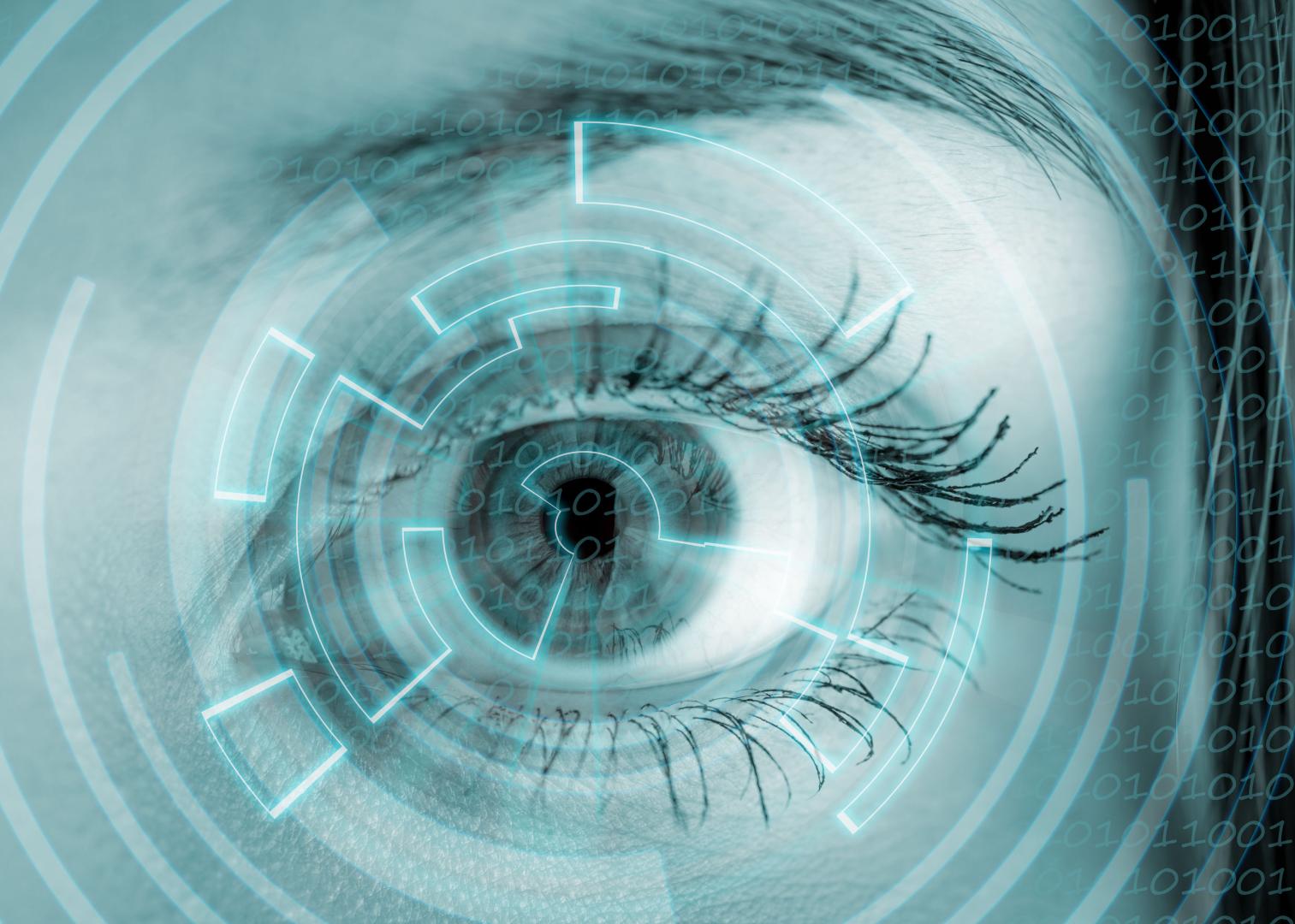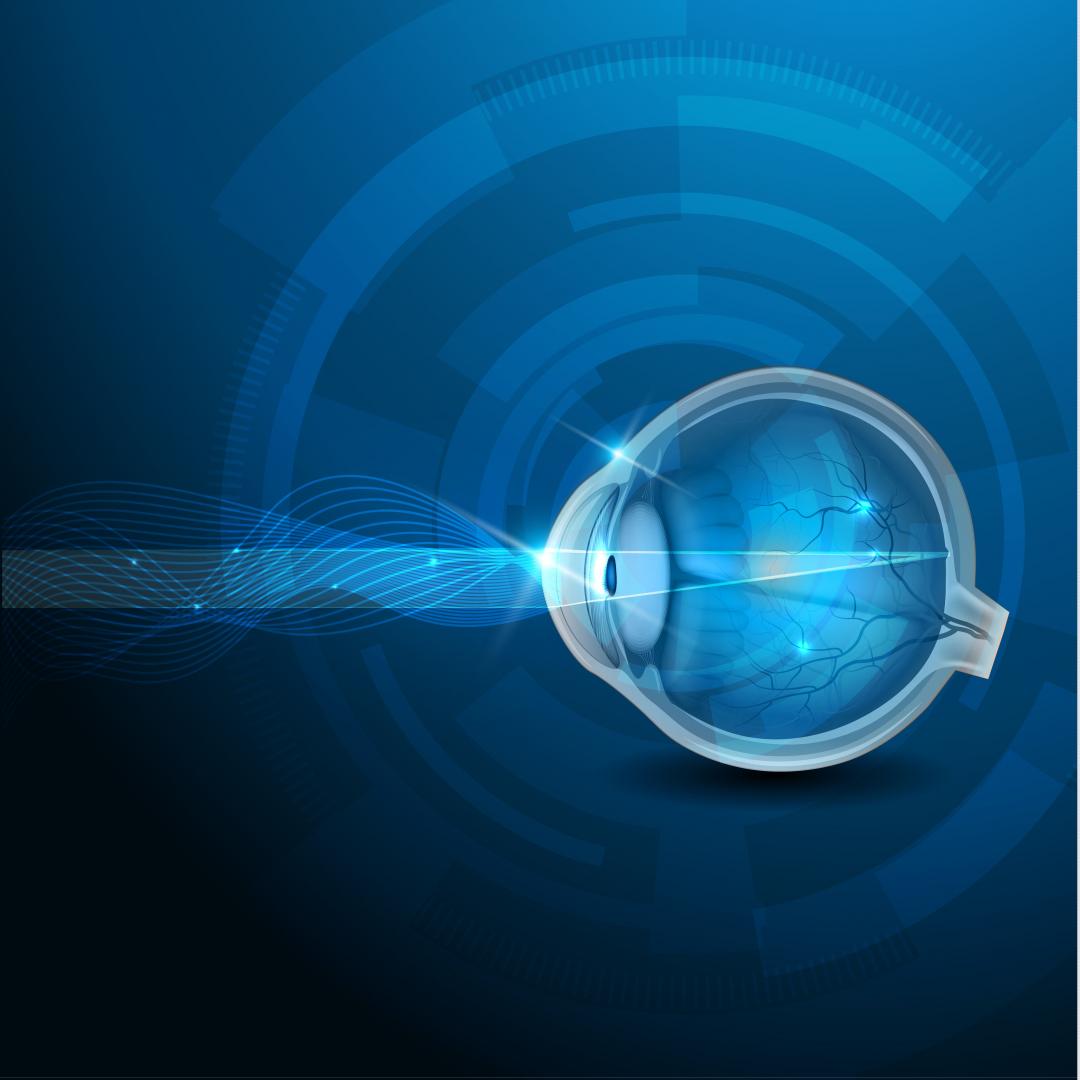Technique UV COLLAGEN CROSS-LINKING
CXL
In recent years an emerging treatment method has been applied in ophthalmology. Corneal collagen cross-linking is a technique which uses UV-A light and a photosensitizer to strengthen chemical bonds in the cornea.
The goal of the treatment is to halt progressive and irregular changes in corneal shape.
The process starts by removing the epithelium of the cornea, and then instilling drops of riboflavin 0.1% (vitamin B2) for 10 minutes.
This stage of the treatment is to allow riboflavin to diffuse into the cornea.
After adequate riboflavin absorption, the patient is positioned with the UV-A light for 4 more minutes. Total treatment time for each eye is about 15 minutes. In the end, a contact lens is been applied and the patient returns home.
The best candidates for this treatment are patients with diagnosed keratoconus, after a clinical examination and Corneal Topography have been conducted, and also those with other degenerative defects (i.e. peripheral corneal thinning), or patients who are suffering from corneal ectasia after a refractive surgery.
Deterioration and progression of the disorder is perceived by the patient due to the frequent changes of vision glasses or contact lenses. The ophthalmologist detects the condition after conducting a special examination, such as topography and corneal pachymetry.
Not ideal candidates are: people older than 35 with a stable keratoconus, pregnant or breastfeeding women, people with a herpes infection of the eye, or chemical injuries of the cornea or people allergic to riboflavin.
Selecting the appropriate patients and applying the method properly makes the treatment safer and more effective and decreases the possibility of a need for corneal transplant in more than 50%.
PΤK + CXL
Patients with keratoconus who are not able to combine the surgery of stabilizing keratoconus with Laser for correcting another refractive error, can be subjected to Laser to smooth corneal epithelium together with cross- linking.
Laser precedes cross-linking and aims at the improvement of the cone – not full correction-and of aberropia. As for the patient, better vision and stabilization are gained at the same time.
PRK + CXL
Patients with keratoconus in early stages can combine surgery for stabilizing keratoconus with Laser. Laser comes before or after stabilization and aims at partial or full correction of the eye.
As for the patient, better vision and stabilization are gained at the same time. Customizing the patients and even each of the eyes separately is the key to the success of this method.










